Just because solar panels are the first thing you see perched on a roof or in someone’s backyard doesn’t mean they’re the only components of a solar PV system… There’s actually a lot more going on behind the scenes to harness the sun’s energy and convert it into electricity your home can use. In this article, I’ll go into all the parts that come together to make a solar PV system work. By the end, you’ll have clear expectations of what’s involved, so you can better plan for adding solar to your existing home – or a new one if you’re building from scratch.
What are the Components of a Solar System?
The primary components of a solar PV system are as follows:- PV Panels
- Racking and Mounting
- Inverter
- Solar Battery
Solar PV Panels
A solar photovoltaic (PV) panel is a component that converts sunlight into electricity. Each panel is made up of smaller units called solar cells, usually made of silicon.
When sunlight hits these cells, it excites electrons and creates an electric current – a process known as the photovoltaic effect.
Simply put, solar panels serve as the “engine” of your system. They’re arguably the most important part of the setup because, without them, there would be no electricity generated – just like a car wouldn’t run without an engine.
Given how much energy a typical household uses, you’ll rarely see just one panel on a roof. Instead, multiple panels are combined to form what’s called a solar array.
In fact, for an average home in the U.S., a system usually consists of 15 to 20 panels. As to how many you can fit on your roof, it depends on many factors like your panels’ power and efficiency and your usable roof space.
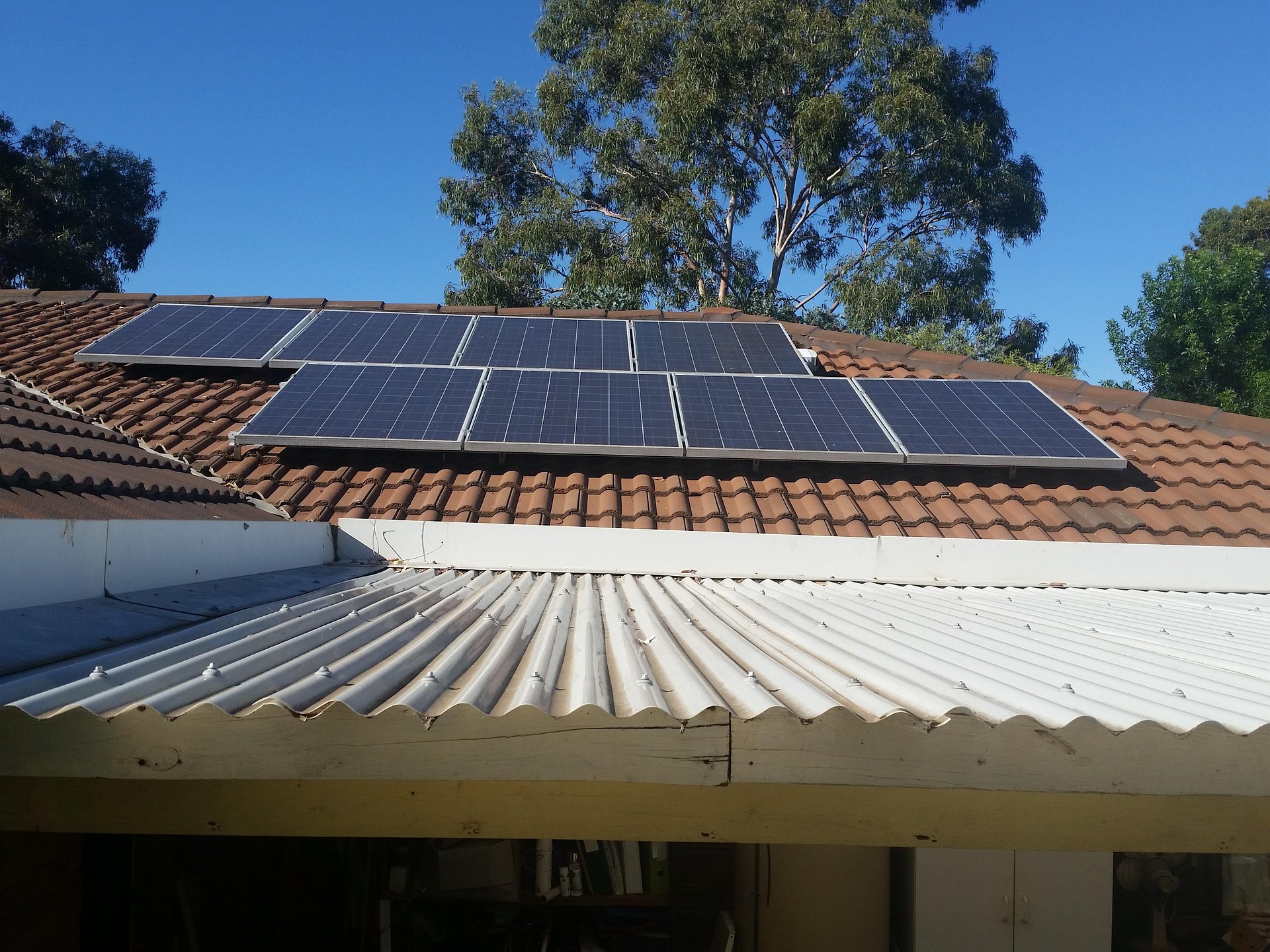
When it comes to panel types, monocrystalline panels are generally more efficient than polycrystalline panels, though the latter tend to be more budget-friendly. There are also thin-film panels, which are lightweight and cost-effective, but are generally the least efficient option. Most residential solar panels are about 5 to 6 feet tall, 3 feet wide, and range from 1.5 to 2 inches in thickness. As to weight, a single panel can weigh around 40 pounds. Keep in mind that the exact dimensions and specifications can vary depending on the brand and model.
Solar Panel Racking and Mounting
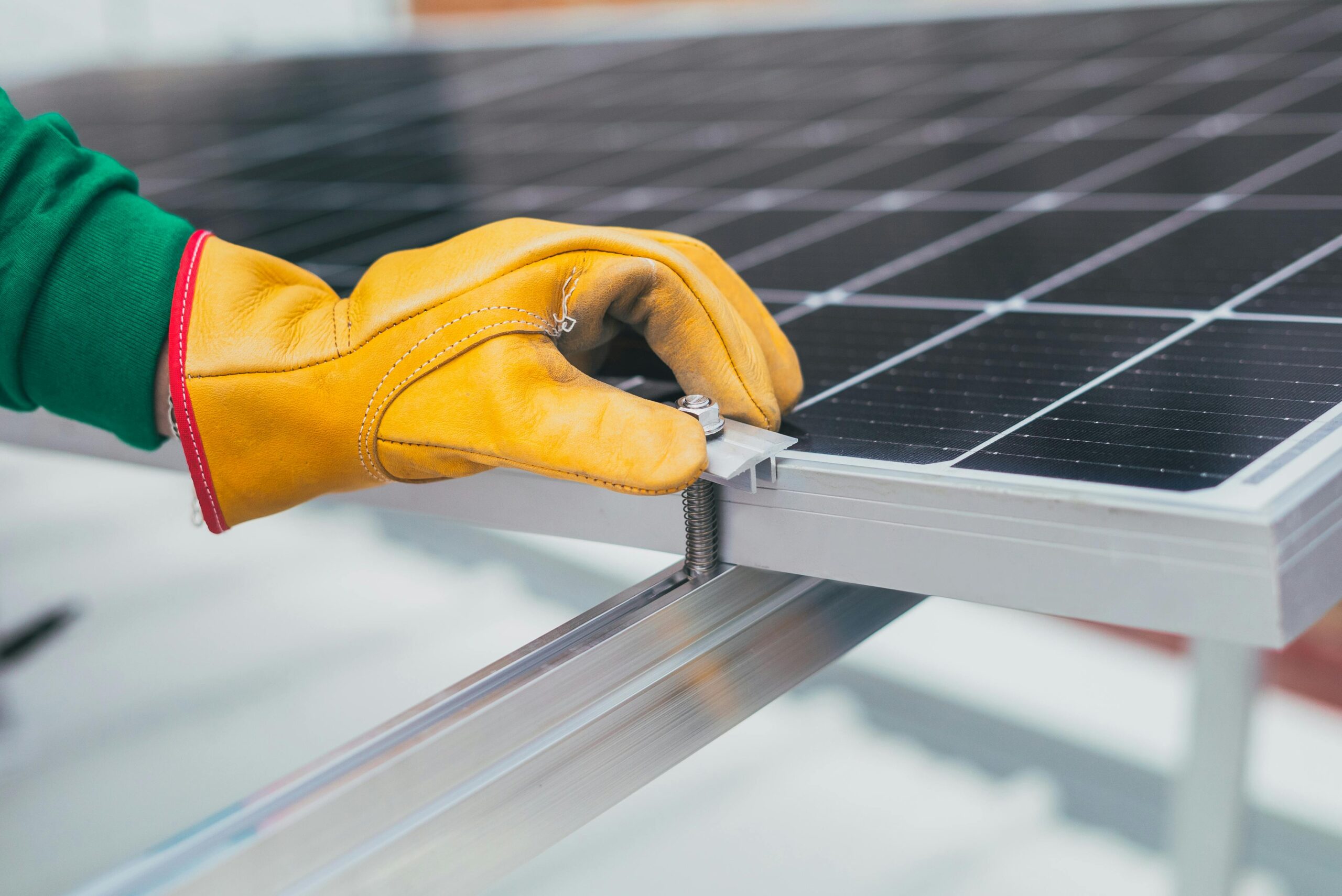
PV racking and mounting systems are the hardware that secures your solar panels in place, either on your roof or on the ground. They keep your panels stable even in tough weather conditions like wind or snow, and maintain the correct angle for optimal sunlight exposure. Roof Mounted Systems Roofs often leave large, unutilized spaces that homeowners would rather put to better use – hence why many opt to install solar panels on their roofs. Apart from the ample space, the roof’s elevation and excellent sun exposure make it an even more ideal spot for solar panels. Roof-mounted solar panels can be installed in four ways: Rail-Based Mounting System In this setup, rails are installed parallel to the roof surface, and solar panels are attached to these rails with clamps. The rails are secured to the roof with mounting brackets that are drilled into the roof, as you can see in many asphalt shingle roofs, tile roofs, and flat roofs. Rail-Less Mounting System As the name implies, rail-less systems do away with bulky rails. Instead, the solar panels are directly attached to the roof using brackets or clamps. It’s something you’ll want to consider if you have a metal roof or shingle roof, or if aesthetics or weight reduction is a concern.
Standing Seam Clamps
Standing seam metal roofs are arguably the best type of metal roof for solar panel installations. Here, clamps attach directly to the seams of the metal roof, without the need for any drilling.
While most mounting systems involve drilling into the roof, the “damage” is often minimal, especially when done by a certified solar installer. And if a roof leak does occur, a reputable solar installer will likely cover the repairs under their solar workmanship warranty, just as we do at Avail Solar.
Ground Mounting Equipment
Ground mounting is the way to go when roof mounting isn’t ideal or practical. For instance:
- Your roof is not structurally sound enough to support your panels,
- You have a roof with many irregularities (chimneys, multi-level sections, etc.), leaving less usable surface.
- Your roof is shaded by trees, buildings, or other obstructions.
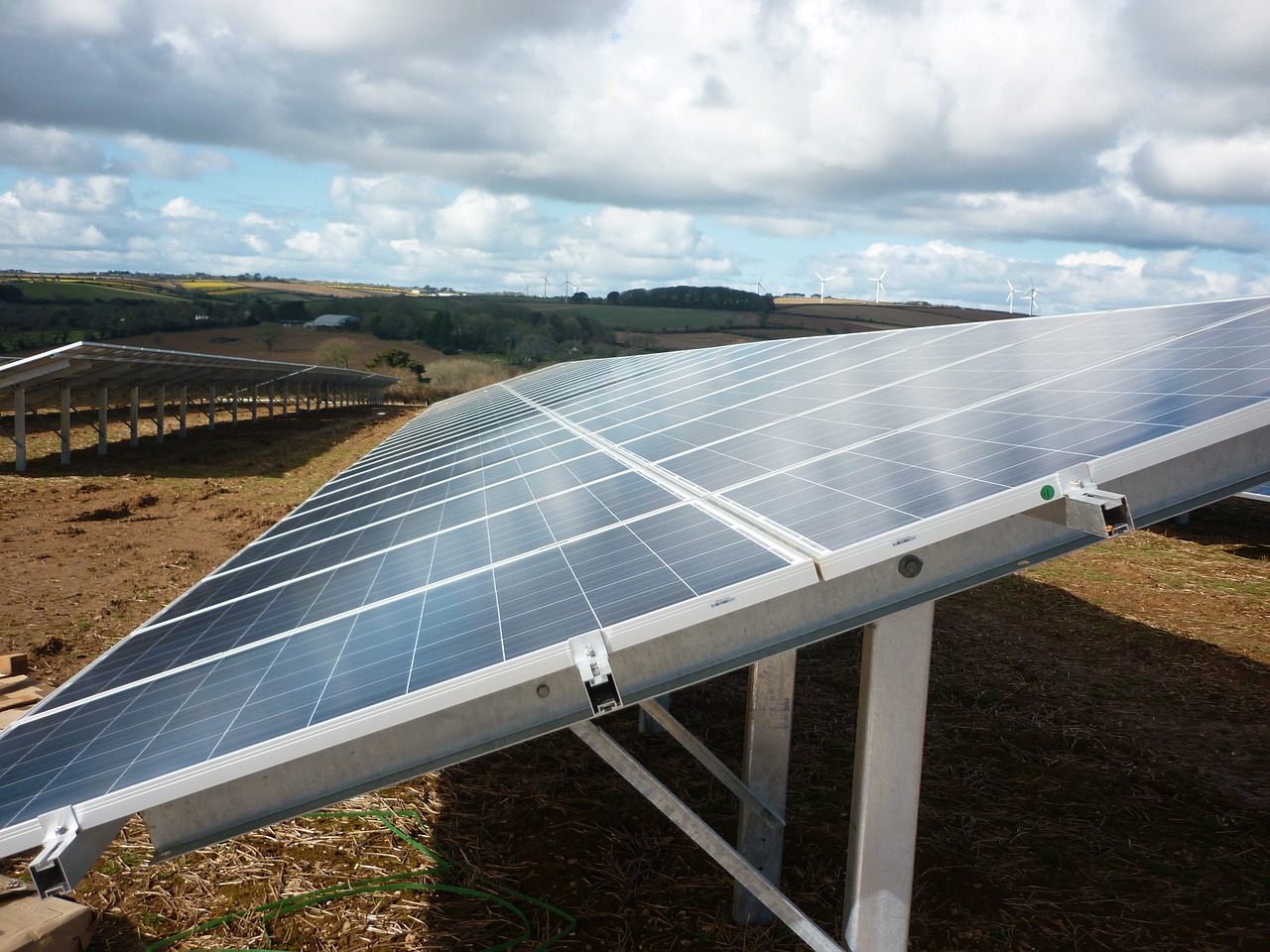
Popular systems for ground-mounted solar panels include the following: Fixed-Tilt Mounting System This system uses aluminum or galvanized steel framing to securely hold solar panels at the top while providing a stable base on the ground. However, panels are locked at a fixed angle, just as roof-mounted systems are tied to the roof’s orientation. The only difference is that the angle of ground-mounted panels can be independently optimized to capture the most sunlight year-round. Bear in mind that ground preparation will be necessary. Vegetation must be cleared, and the land graded for stability before steel posts are driven into the soil or set in concrete footings. Tracking Mounting System This setup is structurally similar to fixed-tilt setups but differs in functionality. Here, the panels move throughout the day, following the sun’s path to maximize energy production. With that said, additional components are required, such as motorized trackers and control systems, which add to the complexity and cost. Pole Mounting In areas with steep terrain or significant elevation differences, pole mounting may be the best solution. In this system, panels are mounted on single or multiple poles, rather than a large racking system spanning the entire array. Because the poles are installed at individual points on the ground, there’s no need to prepare large sections of land. However, you’ll have to see that the structural design is sufficient so the poles and footings can withstand external forces and remain stable.
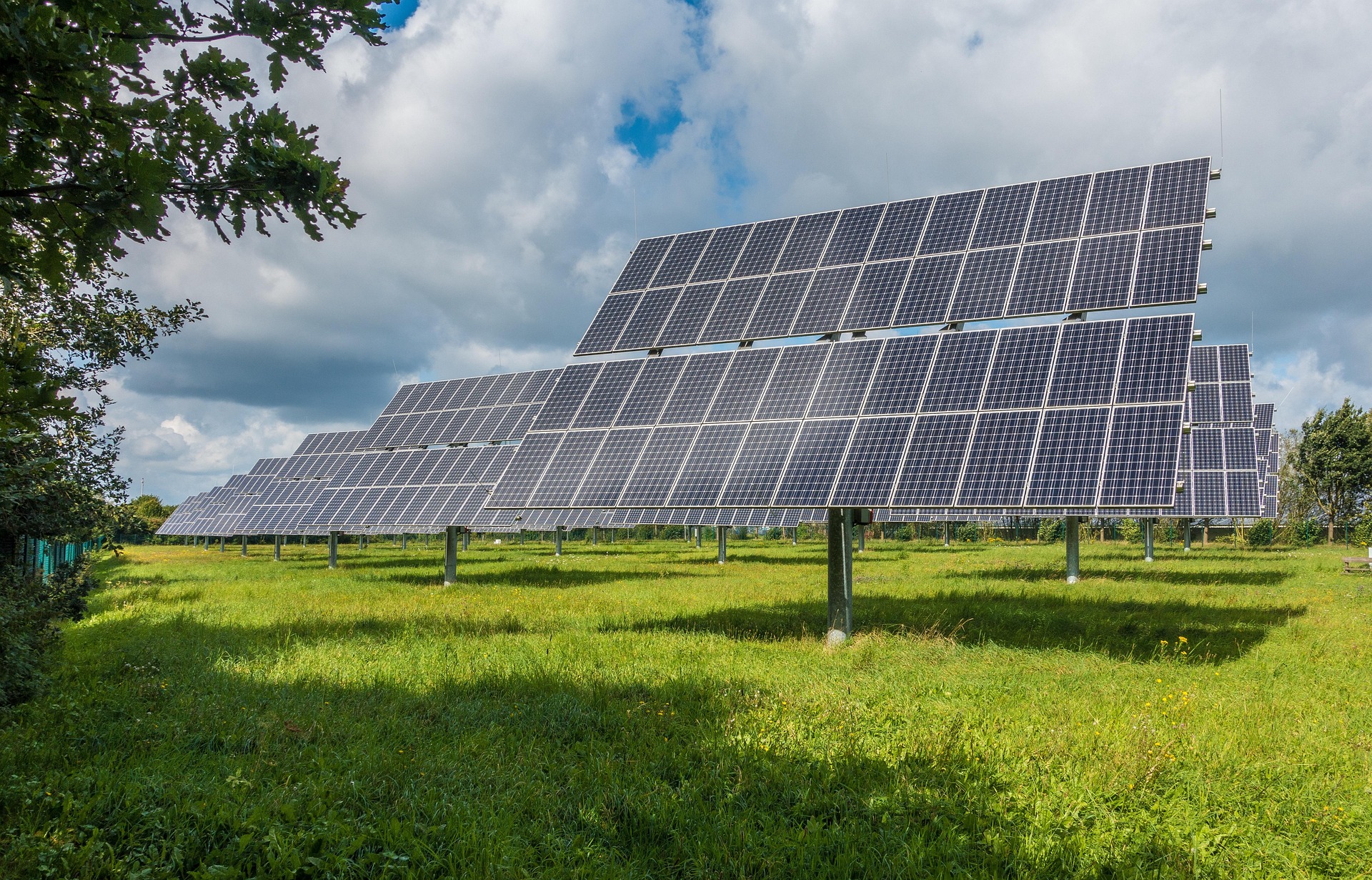
Ballasted Mounting System In a ballasted system, your solar panels are held in place by weight – typically dirt, gravel, or concrete – rather than being anchored into the ground. It’s a great alternative where digging is not practical due to poor soil conditions.
Inverter
Your solar panels generate direct current (DC) electricity, while most of our household appliances run on alternate current (AC). The inverter is the key component responsible for flipping this DC into usable AC. That means, without an inverter, the energy from your panels wouldn’t be suited for home use, and thus, useless. For most residential solar setups, a single inverter is usually sufficient to handle the system’s capacity. However, larger or more complex designs may require multiple inverters. The type of inverter you choose also plays a role since different models come with varying power capacities. Among the types of inverters, string inverters are the most common for home solar. You’ll typically find them installed near the main electrical panel.
They work by linking all your solar panels in series (a “string”) and converting the DC electricity from the whole string at once, which makes installation pretty easy and straightforward. One downside, however, is that the performance of the entire string depends on the weakest panel. If one panel is shaded or dirty, the output of the whole string is reduced. Additionally, you won’t be able to monitor the performance of individual panels – only the string as a whole. Even so, it shouldn’t be a deal breaker, and I personally wouldn’t worry about it too much. As long as your panels get plenty of sunlight, stay free of shade, and are cleaned regularly, this issue is unlikely to cause headaches, and your string inverter should perform efficiently.But if you’re really concerned about those performance issues, you might want to consider adding power optimizers to each of your solar panels, or opting for microinverters instead.
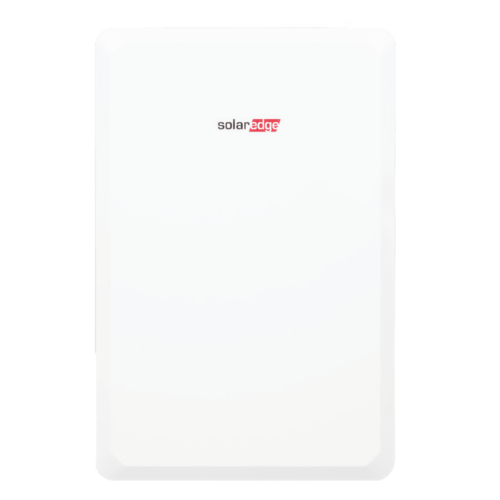
A solar battery stores the energy your solar panels generate for use later. Lithium-ion batteries in particular can last up to 10 to 15 years and are basically maintenance-free.
Now, solar batteries are not mandatory. In fact, many homeowners have successfully cut their electric bills without ever needing one.
So, when would you actually need a solar battery? Here’s what I usually tell homeowners who ask me that very question:
- When net metering arrangements in your area aren’t favorable
- When time-of-use (TOU) pricing rates apply, and peak-hour electricity rates are too expensive (I’ve touched on load profiling and TOU rates in a previous article)
- If your goal is to go off-grid and fully achieve energy independence
Given their long lifespans and the benefits they offer, solar batteries are a really good investment on top of your solar panels, and I’d highly recommend you add one to your home solar setup if your budget allows.
Other Solar Components
Disconnect Switch
A disconnect switch is a device that shuts off the flow of electricity in your solar PV system. It’s particularly useful in emergency situations, as well as during maintenance or repairs, to prevent electrocution and damage to your equipment.
For safety purposes, they are usually installed in easily accessible locations, such as near the inverter or on the exterior of your home.
Utility Meter
The utility meter measures the electricity flowing between your home and the grid. In a solar PV system, particularly under a net metering arrangement, this meter is often a bi-directional meter or net meter.
This component not only lets you earn credits for the excess electricity your panels send back to the grid but also keeps a record of how much energy you’re exporting.
Hail-Protection Accessories
In hail-prone areas in places like Texas and Oklahoma, accessories such as roll-up shutters and hail netting are commonly used to protect solar panels from hail damage. Solar panels are already rated to resist hail, and using these accessories should give you more peace of mind.
Customized Solar System Design for Your Home
Knowing what your solar investment includes is one thing, but ensuring your system can meet your energy needs, cut your electricity costs, and deliver big savings is another.
With Avail Solar, you’ll have a team of personal solar advisors guiding you from the planning phase through to installation and maintenance. We use only the best, tested products, creating a design tailored to your energy goals and budget.
Request a quote today or call us to speak with one of our certified solar installers!
